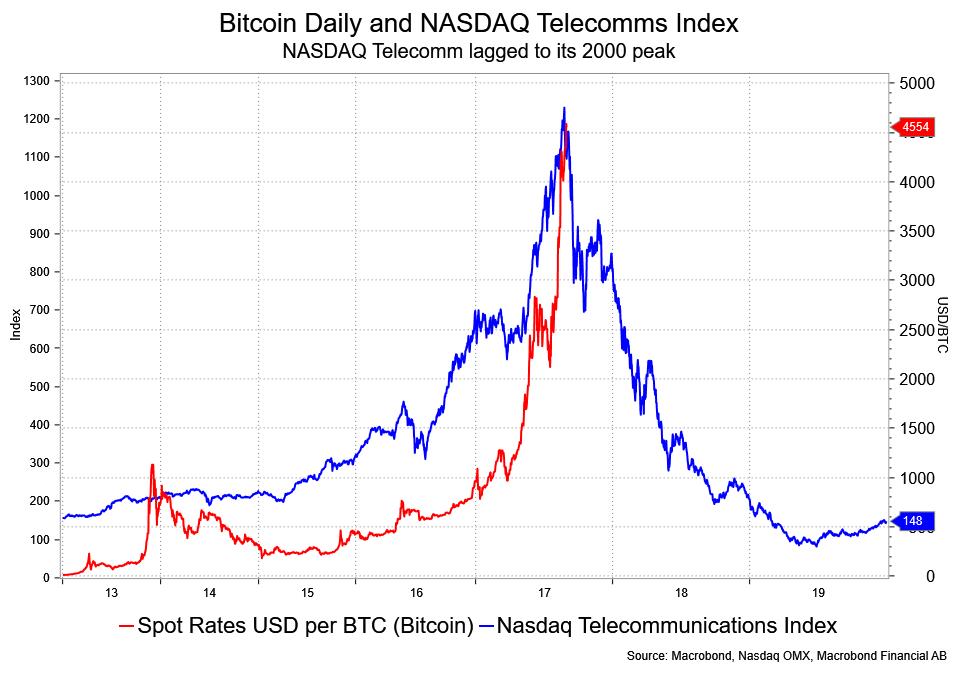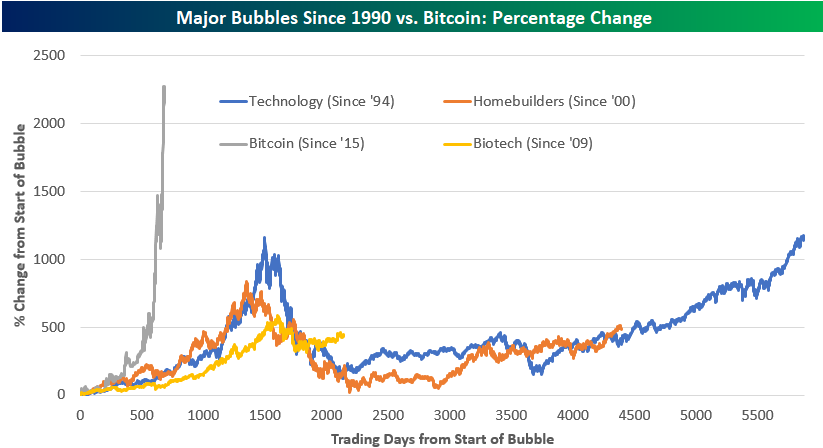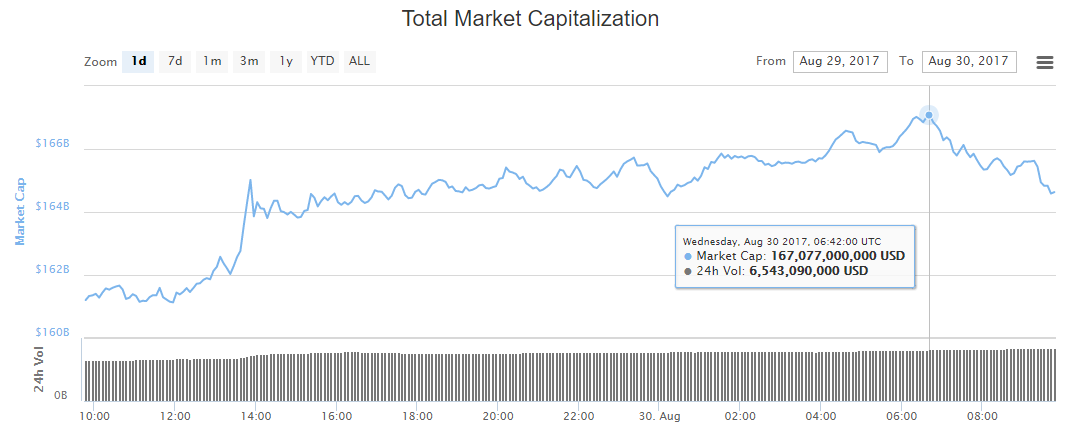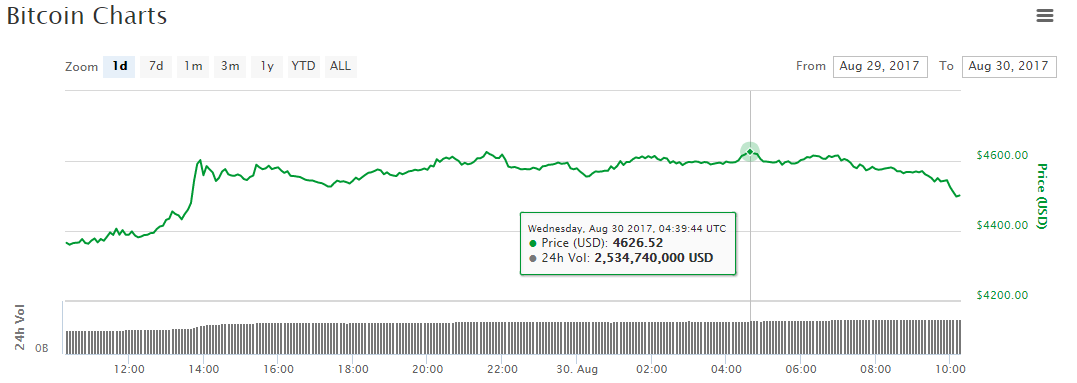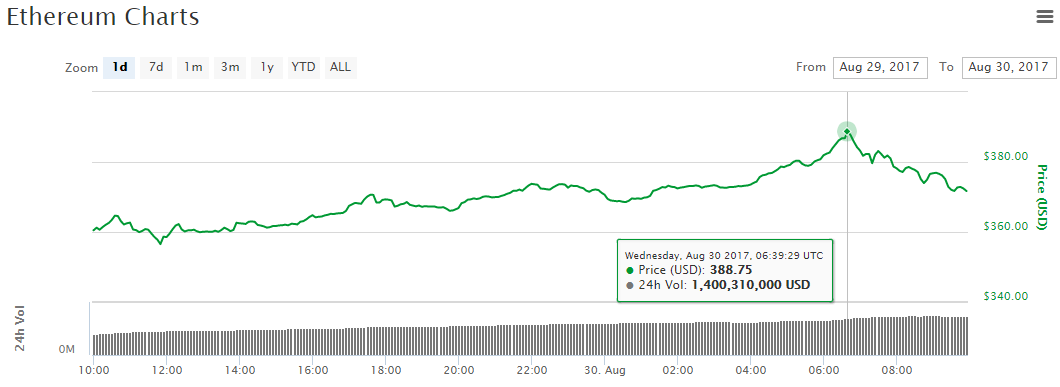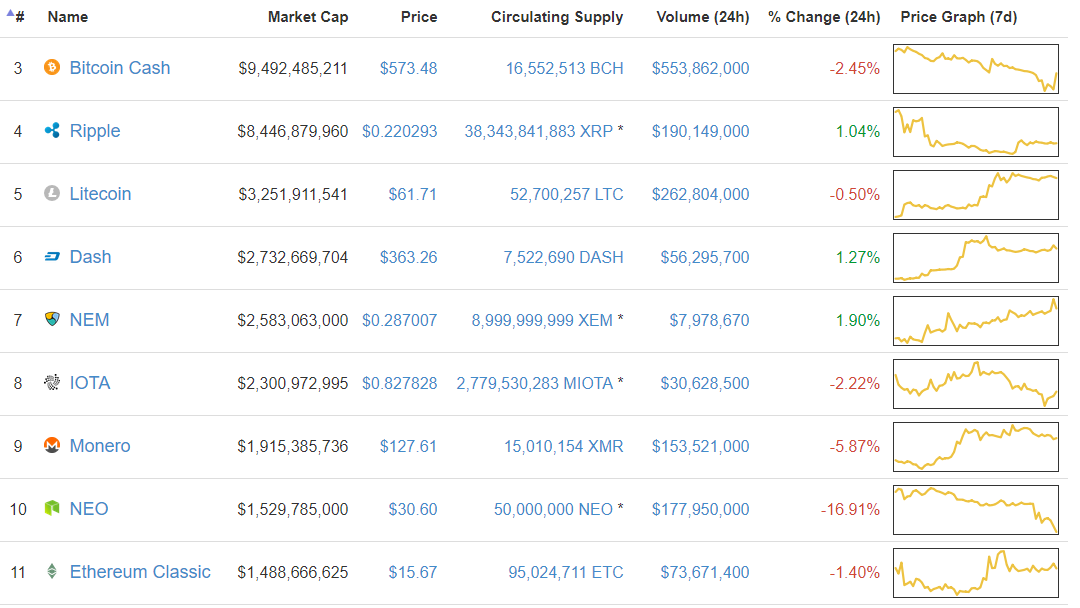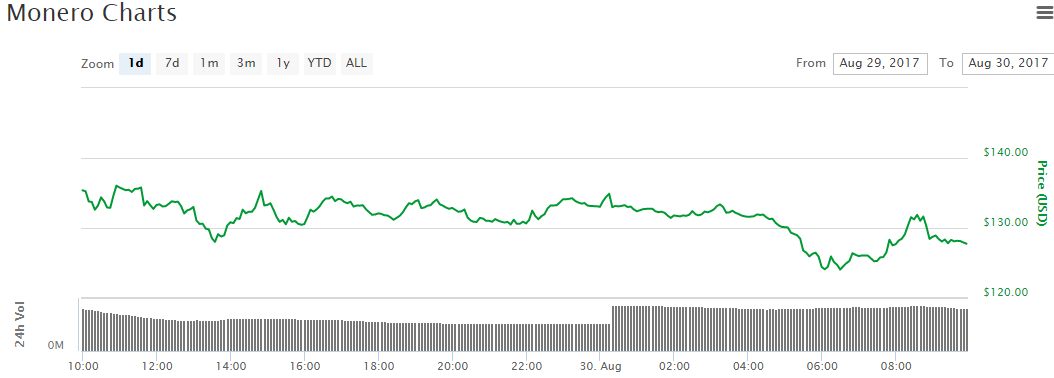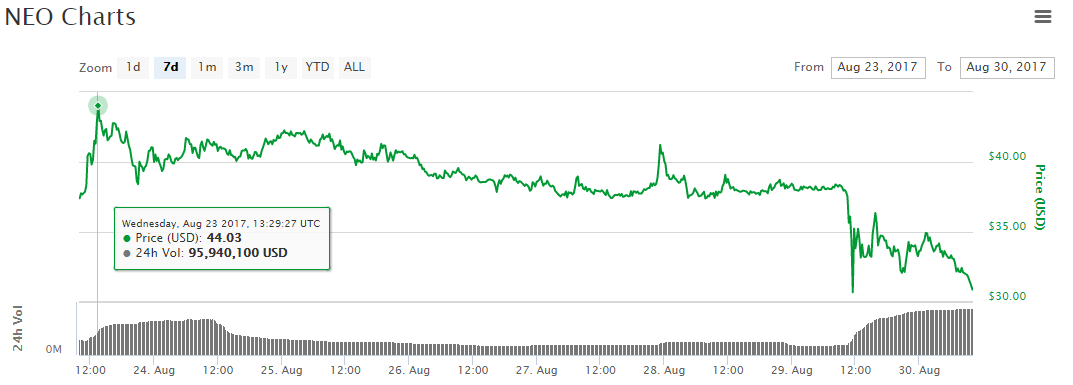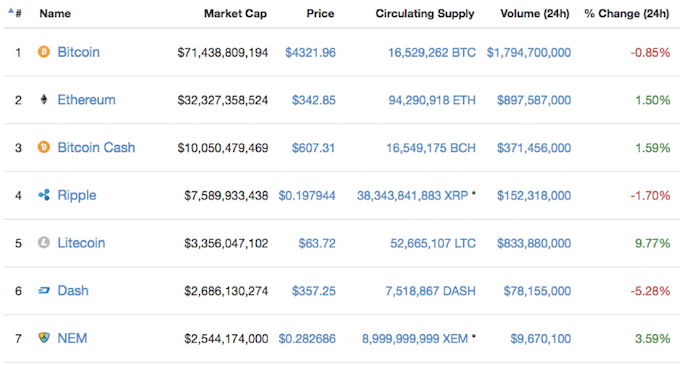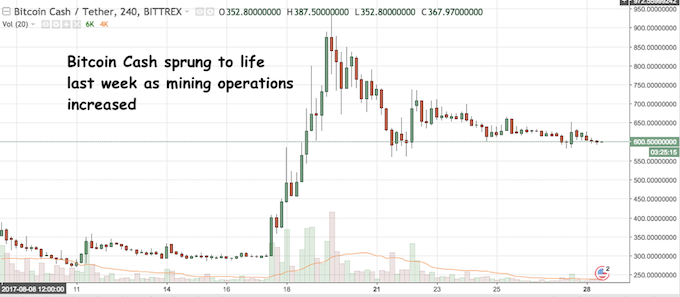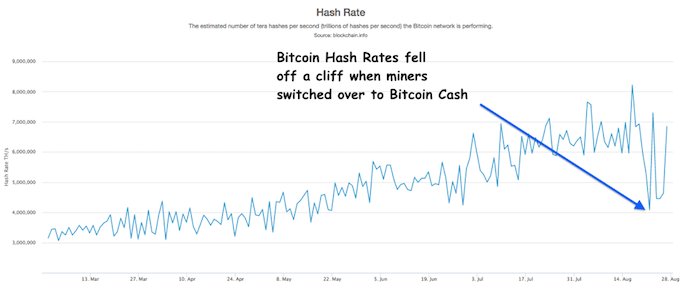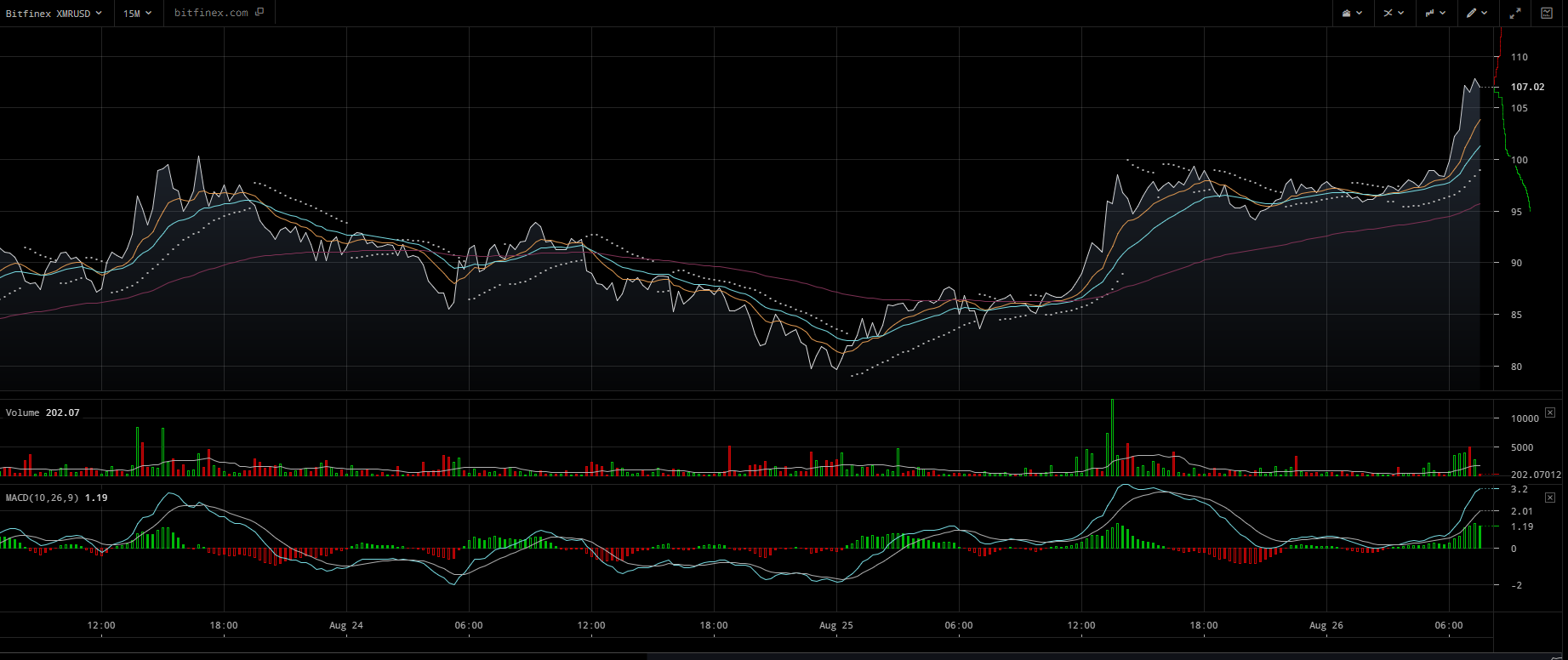
Bitcoin Price Nears $5,000; YTD Growth Exceeds 400%
2017 has been a breakout year for bitcoin and the cryptocurrency ecosystem as a whole. Now, as the bitcoin price approaches $5,000, it’s an excellent time to look back at the trials and triumphs that have contributed to this 400% YTD rally.
Global Adoption & the Road to $5,000
Bitcoin rang in the new year by crossing $1,000 for the first time since the 2013 melt-up, and the Financial Times promptly called it a pyramid scheme that would soon collapse to zero. The bitcoin price held at this level for the next three months, leading critics like Gizmodo writer Michael Nunez to complain that it “refuses to just die already.”
Of course, bitcoin obituaries like these ignored bitcoin’s increasing global expansion. There was once a time when bitcoin risked becoming a Western phenomenon, excluding the majority of the world’s population. Today, that could not be further from the truth. Bitcoin adoption has exploded in Asia, and the highest-volume cryptocurrency exchange is located in South Korea. Bitcoin has also made inroads into emerging markets such as Africa and India.
This year has also seen Japan embrace bitcoin more rapidly than perhaps any other nation. Toward the beginning of the year, Japan terminated its crippling 8% bitcoin consumption tax, and before long major retailers were accepting bitcoin payments. By the end of the year, analysts predict that as many as 300,000 Japanese businesses will accept bitcoin.
By late April, the crypto market advance had begun to pick up steam, leading to a market cap explosion in May and June. On May 20, the bitcoin price broke through $2,000. Less than a month later, it crossed $3,000 on several exchanges for the first time.

YTD Bitcoin Price Chart from CoinMarketCap
Despite this bull run, bitcoin almost lost its status as the largest cryptocurrency by market cap. About this time, ethereum came within $10 billion of bitcoin’s market cap, making it seem inevitable that there would be a “Flippening” between the two cryptocurrencies. MarketWatch columnist Brett Arends, meanwhile, wrote that both cryptocurrencies were “complete garbage.” However, the Flippening never came. The markets took a bearish turn following the June 26 “Monday Massacre,” and bitcoin consolidated its position as the dominant cryptocurrency.
Eventually, the markets recovered. After falling as low as $1,900 during mid-July, the bitcoin price reversed course toward the end of the month, initiating the record rally that has carried bitcoin to the brink of $5,000.
Bitcoin Overcomes UAHF and PBoC Squeeze
The most astonishing aspect of the bitcoin price’s 2017 performance is not its 400% climb, but rather the trials it overcame to get there. Aside from the incessant claims by mainstream media analysts that bitcoin is a bubble, bitcoin faced adverse events that threatened its future. One of these was increasing regulation. Bitcoin has faced regulation since shortly after its inception, but its 2017 bull run has intensified government interest in cryptocurrency. As early as January, the People’s Bank of China (PBoc)–China’s central bank–began putting a regulatory squeeze on bitcoin exchanges in response to “abnormal [bitcoin] price fluctuations.” Exchanges shut their doors as the PBoC began conducting on-site inspections. However, the PBoC ultimately allowed Chinese bitcoin exchanges to continue their operations, albeit with strict supervision.
More recently, bitcoin survived the contentious bitcoin cash hard fork that split the bitcoin network into two different blockchains. Rather than lead the bitcoin price into decline, the hard fork actually appeared to build confidence in bitcoin’s ability to survive a serious community divide, and bitcoin soared more than 75% in the month that followed.
Scaling With SegWit
The bitcoin cash hard fork was caused by the debate about the best way to scale the bitcoin network. Bitcoin cash proponents, claiming to follow Satoshi’s vision, believed that raising the block size was the best way to ensure bitcoin remained a viable P2P transaction vehicle rather than just a settlement layer. Bitcoin Core, however, adopted Segregated Witness (SegWit), a scaling and transaction malleability fix that also facilitates the creation of Lightning Networks. SegWit was activated earlier this month, which should soon cause bitcoin transaction fees–which reached above $8 this month–to finally decrease to more acceptable levels.
SegWit2x and the Road Ahead
Of course, SegWit activation did not put the scaling debate to rest. Earlier this year, a group of prominent bitcoin companies and personalities signed the New York Agreement (NYA), which proposed a hard fork to the bitcoin protocol. SegWit2x, as the proposal is known, called for a block size increase in addition to SegWit activation. The proposal received near-universal support from miners, but Bitcoin Core developers have vociferously opposed it. Relations between Core and SegWit2x supporters have worsened over the intervening months, and several companies have reversed their NYA support. Despite Core opposition, SegWit2x proponents say they will proceed with the hard fork in November, creating a potentially-chaotic situation in which two blockchains will fight to be the “real bitcoin”.
Nevertheless, investors remain bullish on bitcoin, and the bitcoin price’s triumphant march toward $5,000 continue
Author: Josiah Wilmoth on 01/09/2017
Posted by David Ogden Entrepreneur

Alan Zibluk Markethive Founding Member


